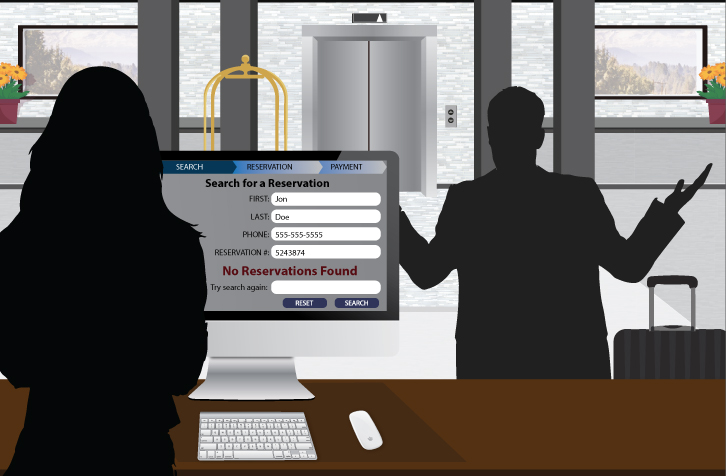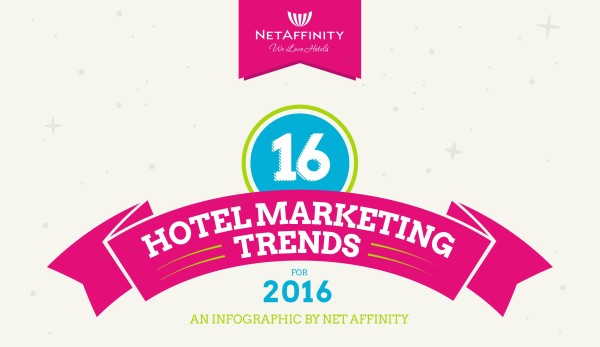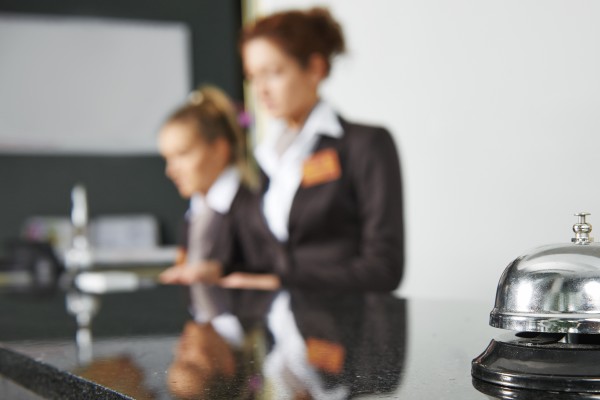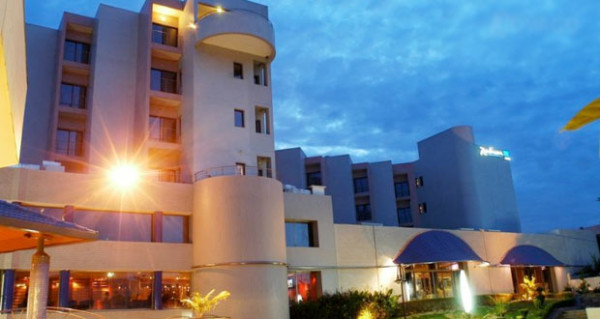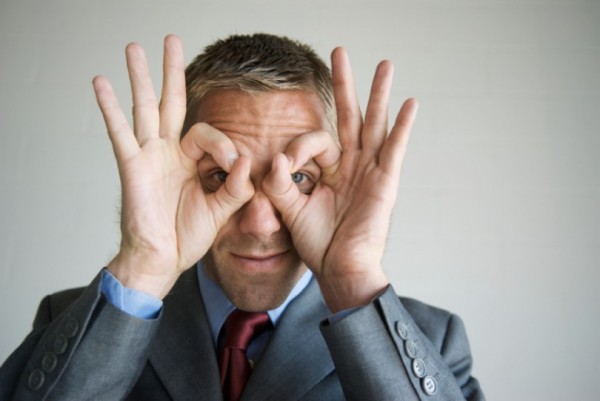Although online booking scams are a problem that should be resolved by the hotel industry as a whole, they also can cause headaches for individual front-desk employees at properties.
According to research from the American Hotel & Lodging Association, 15 million deceptive bookings were made in 2015 at a cost of roughly $1.3 billion.
So what should you do when prospective guests walk through your front door believing they’ve booked and paid for a stay only to find out they’ve been scammed? Sources said the answer to that question can be a difficult one, but it requires a delicate balance of education, compassion and long-term thinking.
Maryam Khan Cope, VP of government affairs for AH&LA, said one way these rogue websites operate is by taking photos from a hotel’s website and claiming to offer bookings to that particular property.
“We’re seeing this spike (in booking scams) and hearing from hotels that they essentially had their identities replicated on these scam sites,†Cope said.
Accommodating a scammed guest
Even though hoteliers did nothing wrong to cause a would-be guest walking onto their property with a sham booking, there is a lot on the line depending on how the situation is handled.
Roger Bloss, CEO of Vantage Hospitality Group, said his directive to owner-operators of his company’s brands is to honor stays of “a night or two†and charge it to the corporate office.
“We’ve got to think about the people booking in the economy lodging segment,†Bloss said. “(Scam bookings) can be a dramatic hardship on them. As hoteliers, we don’t want to see that happen. So, we’ve instructed our hotels to be hospitable.â€
Bloss said covering stays for scammed customers benefits the company in terms of reputation management. Even though the hotel isn’t the source of the scam, leaving a would-be guest out in the cold can lead to a negative association with brands and possibly negative reviews and backlash online.
“At the end of the day, it always comes back to the brand, the property and the company,†Bloss said. “I don’t want to put our members in the position that they have to make a financial decision that affects the brand as a whole. In the days of social media, it’s a lot less expensive to keep a customer than attract new ones.â€
Bloss said he sees this as a common sense approach.
“You have to think about all the money spent to attract guests to hotels,†Bloss said. “Would you destroy all that over a couple hundred bucks?â€
Cope said AH&LA suggests taking a similar tact to what Bloss described.
“We suggest, because they’re in the business of guest service, that they do whatever they can to accommodate,†she said. “That might mean identifying an alternative at your hotel in your area.â€
Cope said GMs try to “bend over backwards†to help scammed guests, but sometimes they’re caught in situations where no solution presents itself, such as if no rooms are available. But hoteliers should keep in mind that all efforts to help a scammed guest are positive.
“They should offer any additional support they can provide the guest especially because negative experiences often reflect on the hotel,†Cope said.
Chris Harvey, GM of the Crowne Plaza Charleston Airport & Convention Center, said he has been lucky enough to not encounter scammed guests at his hotel, but if it were to occur he’d instruct staff to offer a room at a reduced rate.
“You have to make sure you’re doing something for them and help them to keep the situation from getting worse,†Harvey said.
For more:Â http://bit.ly/1NbJKAJ

